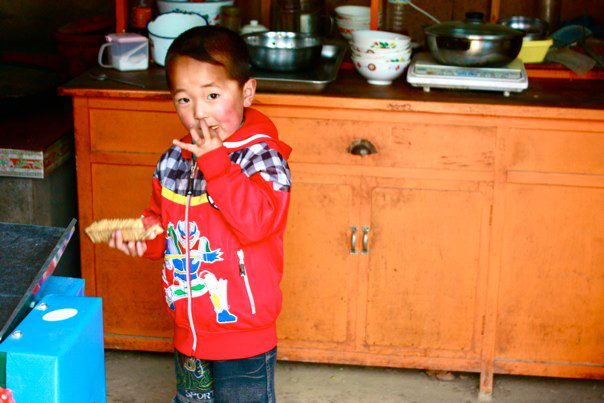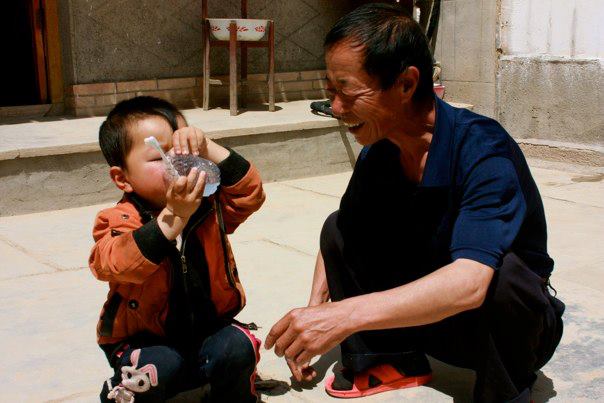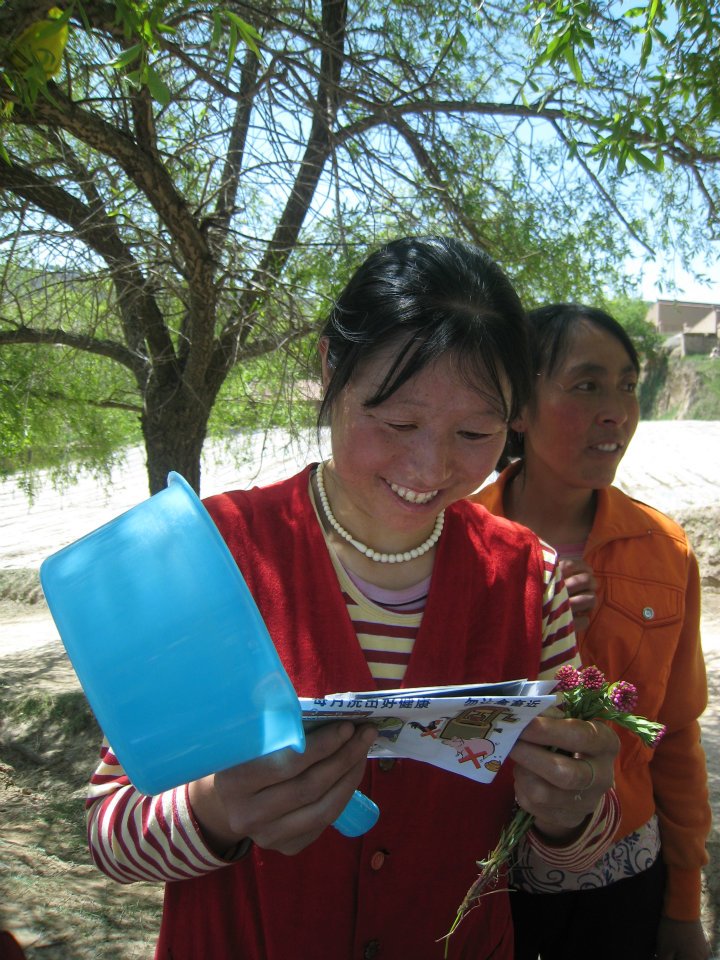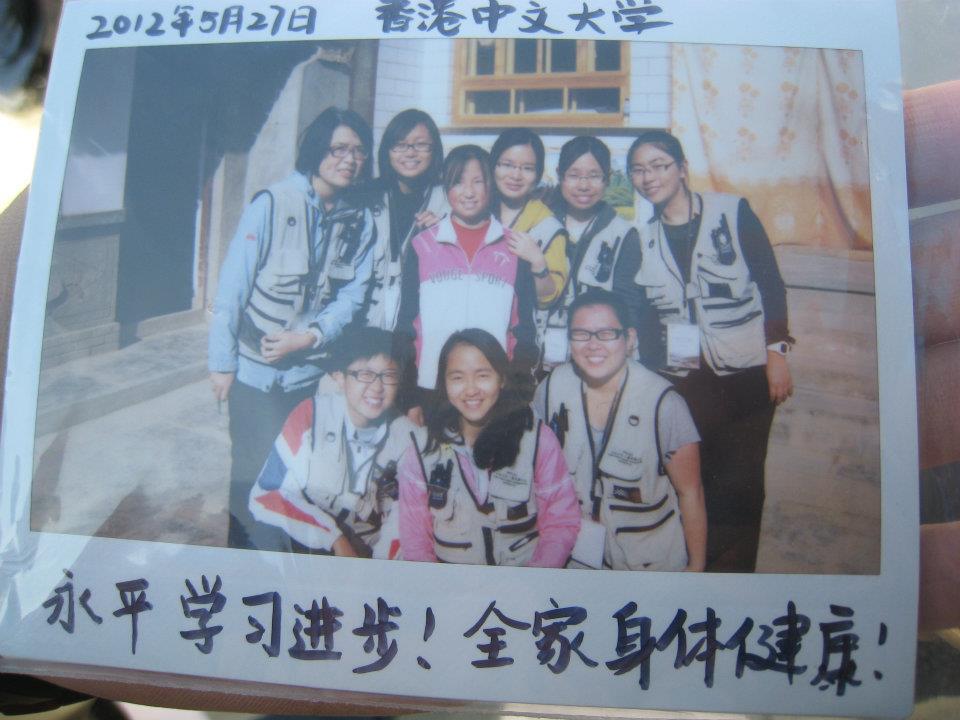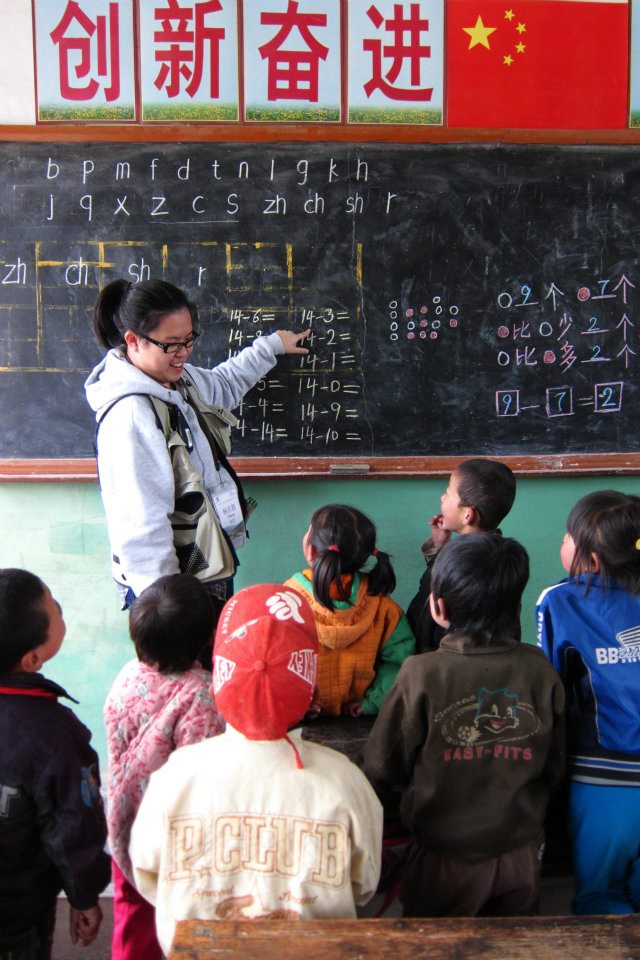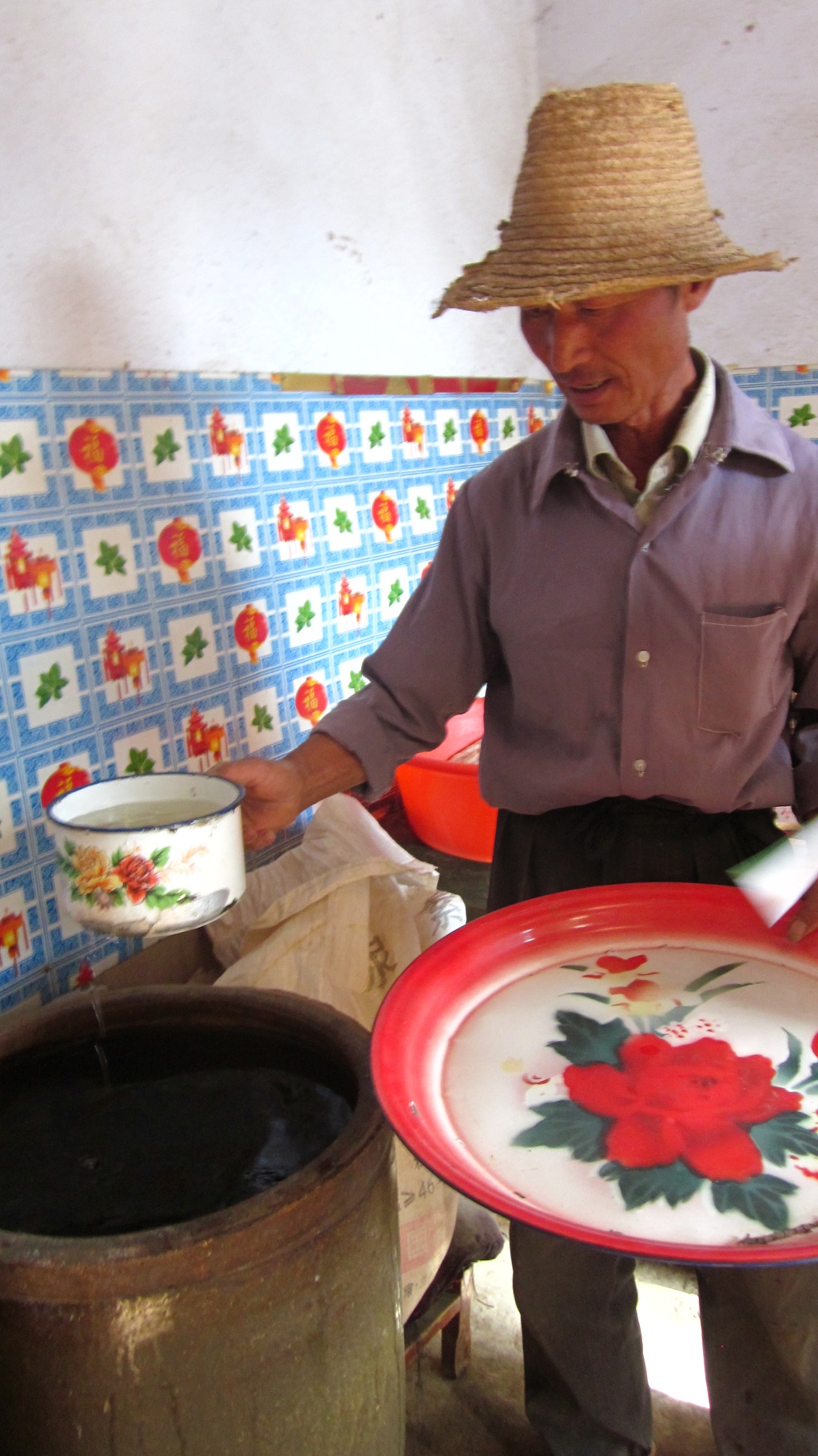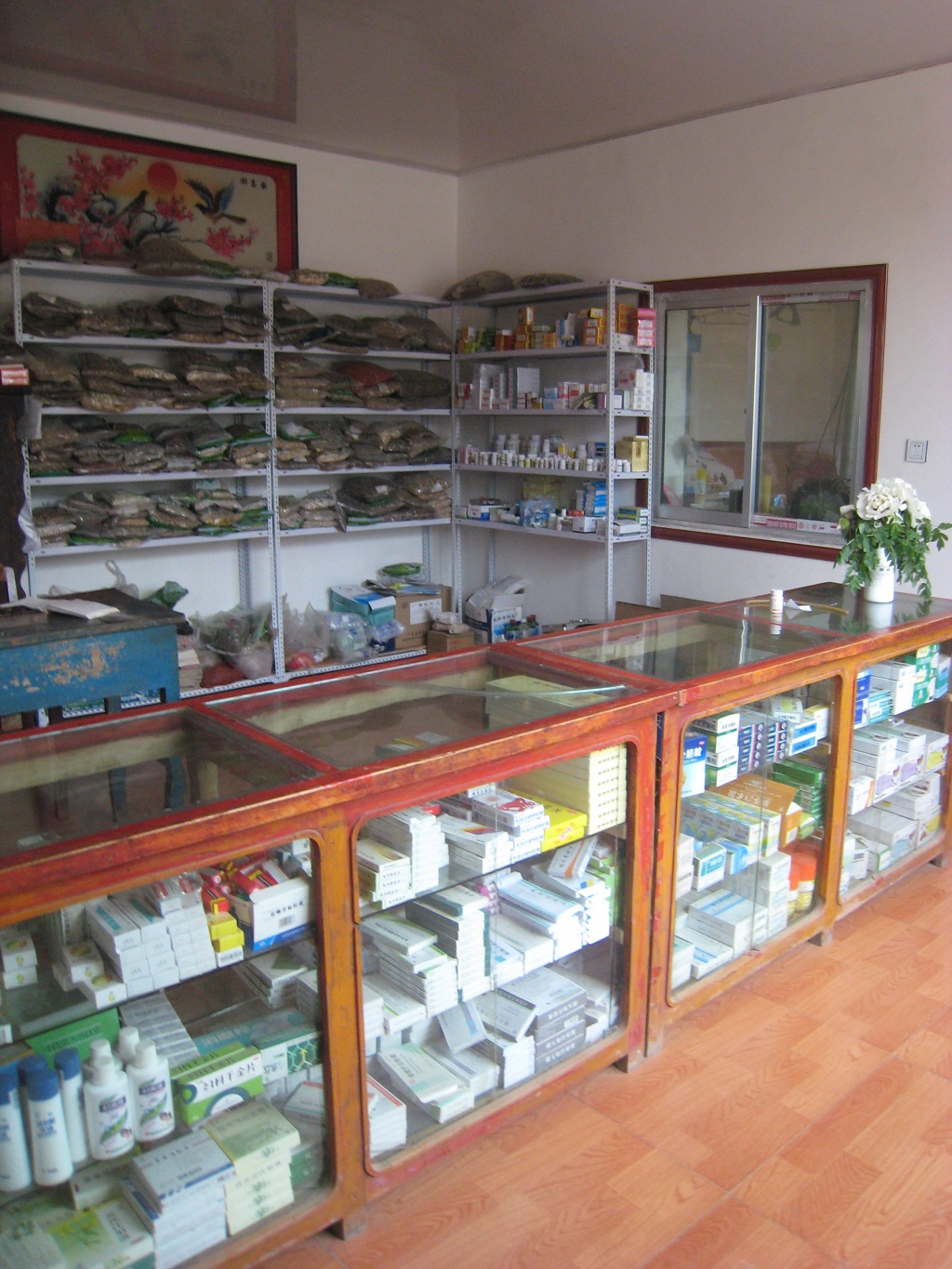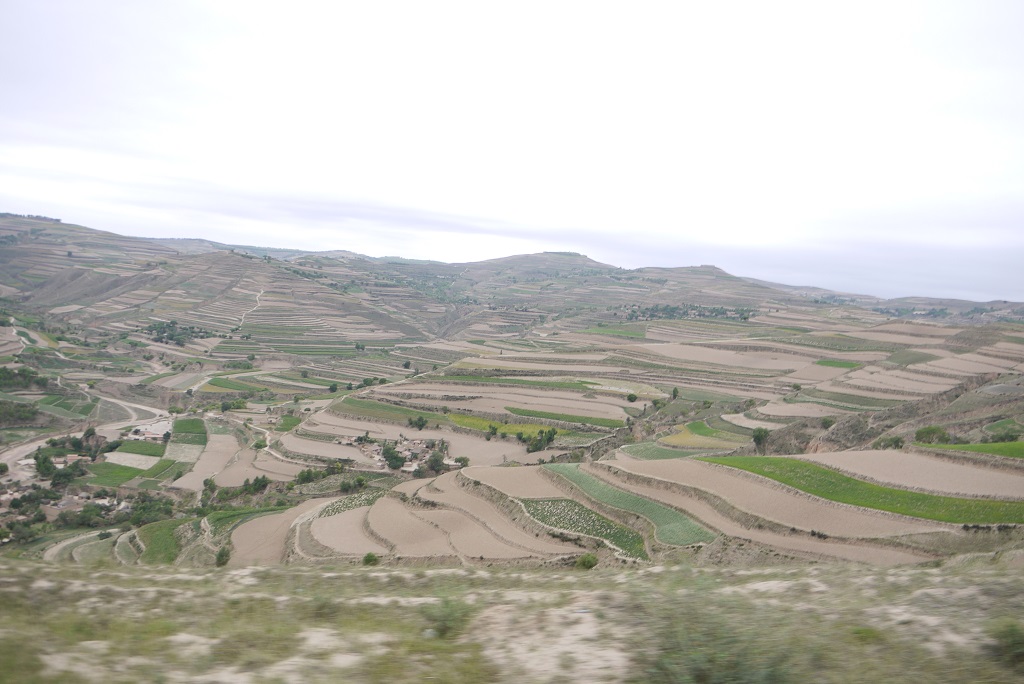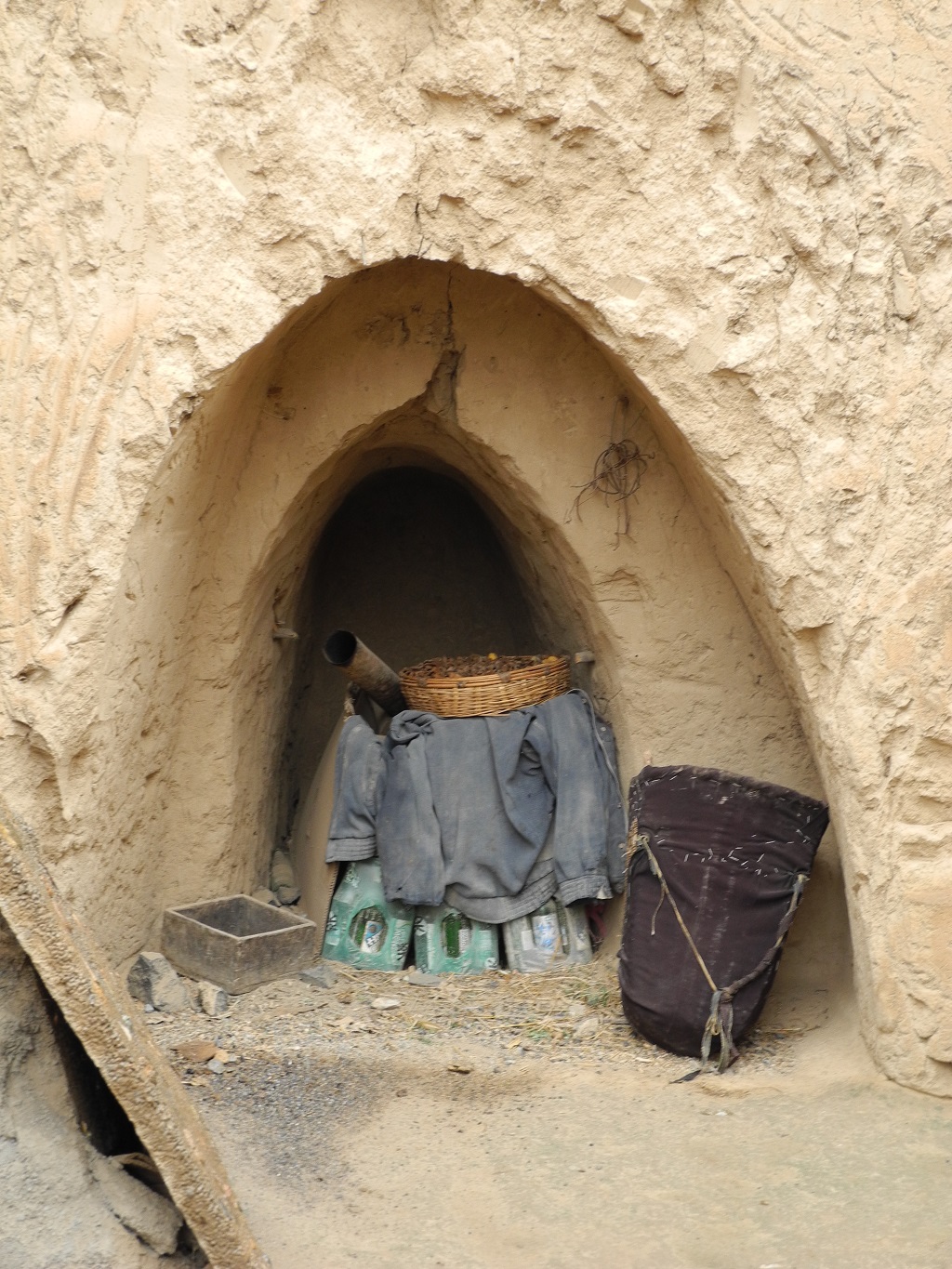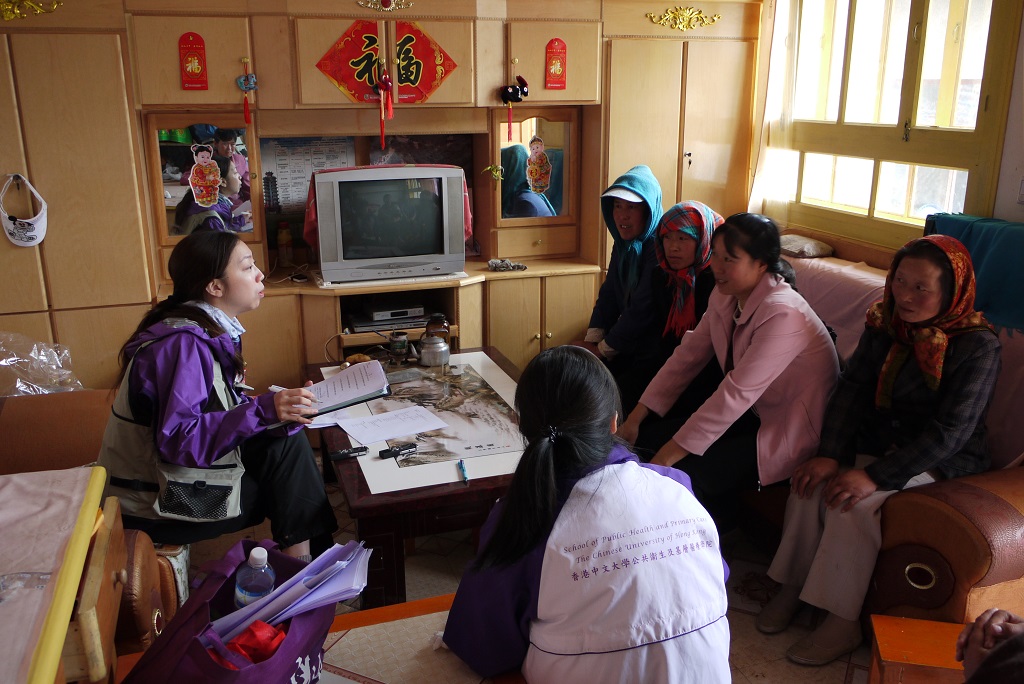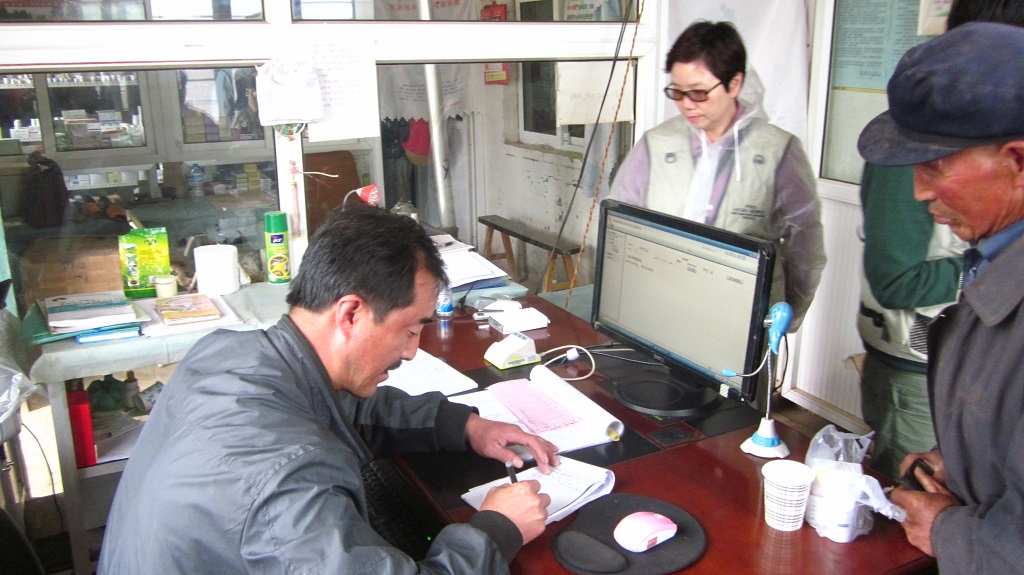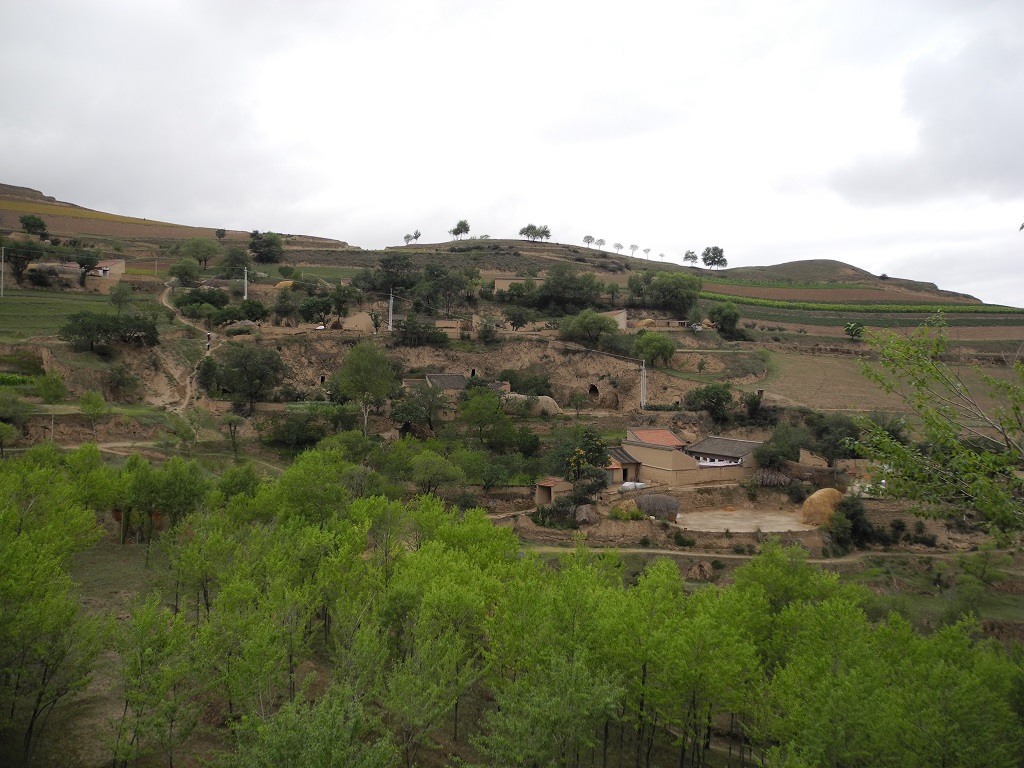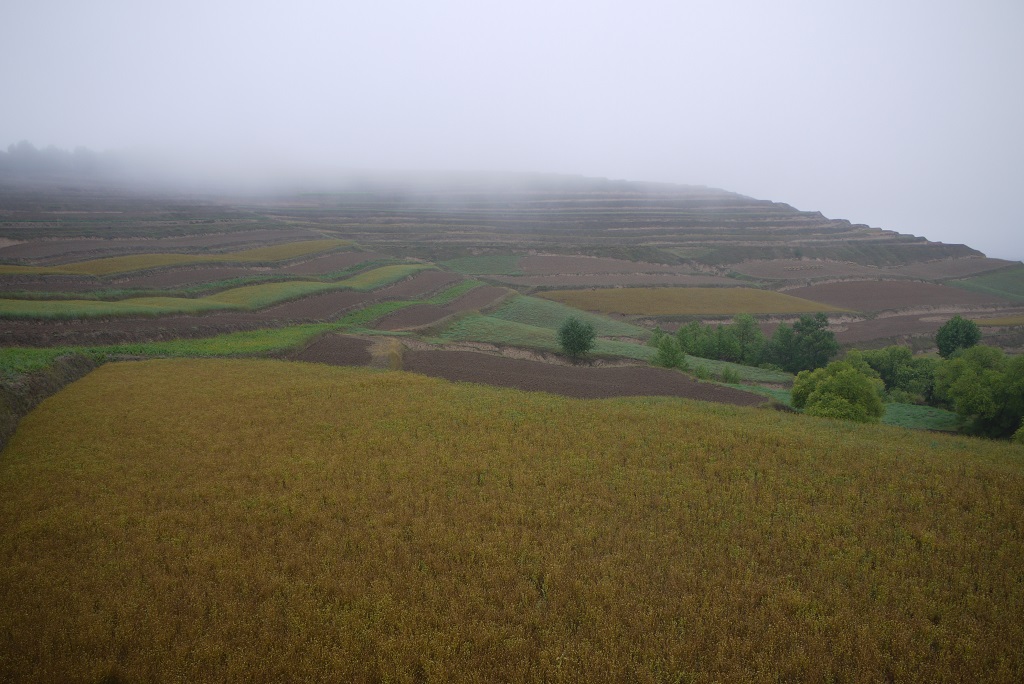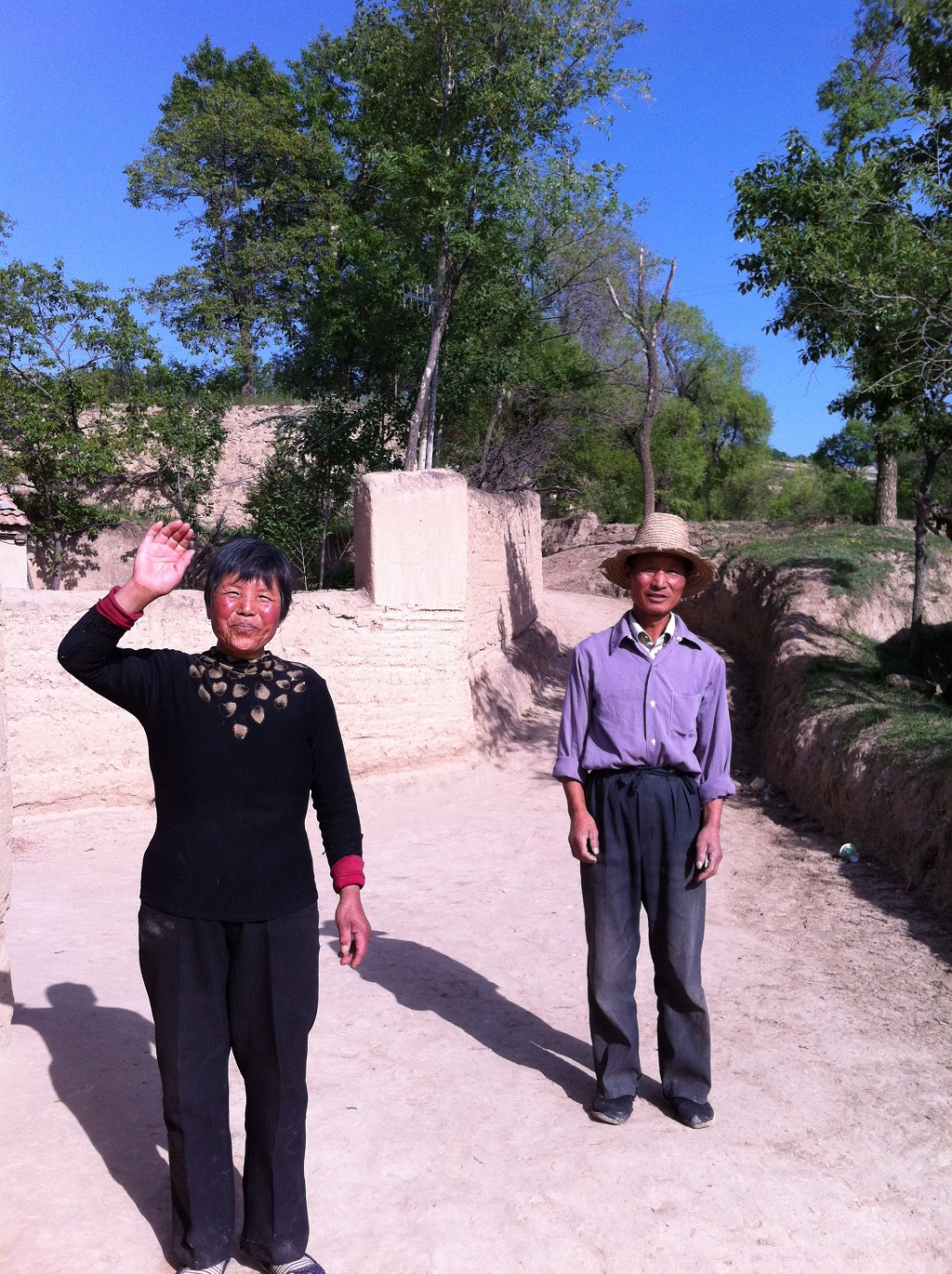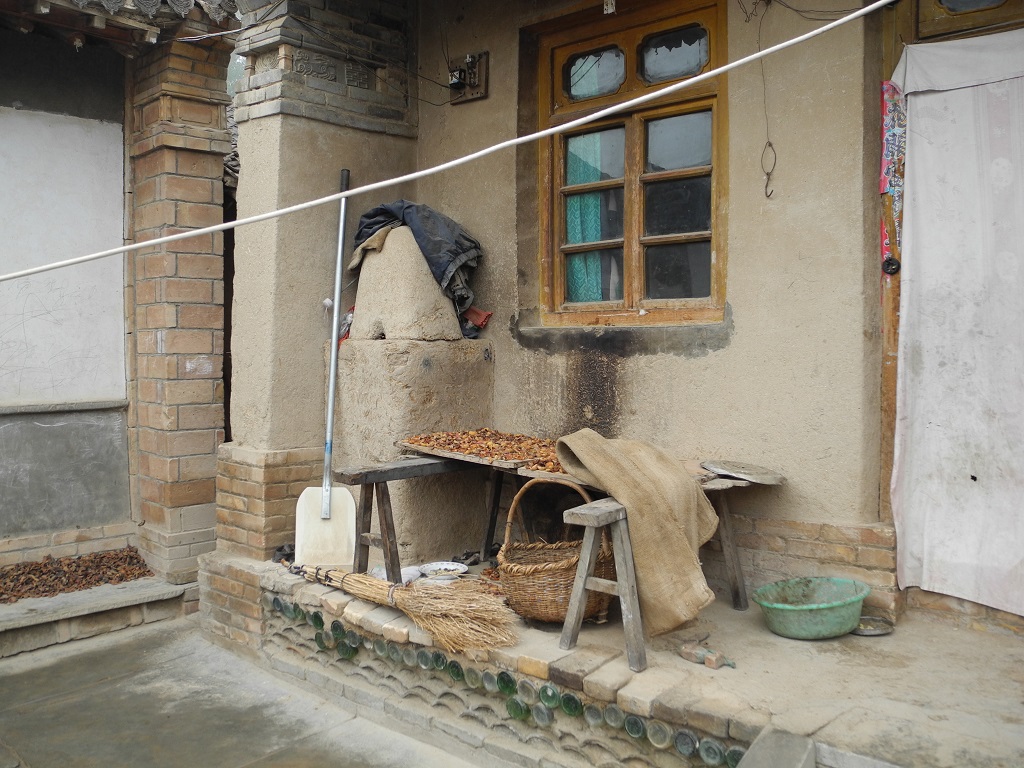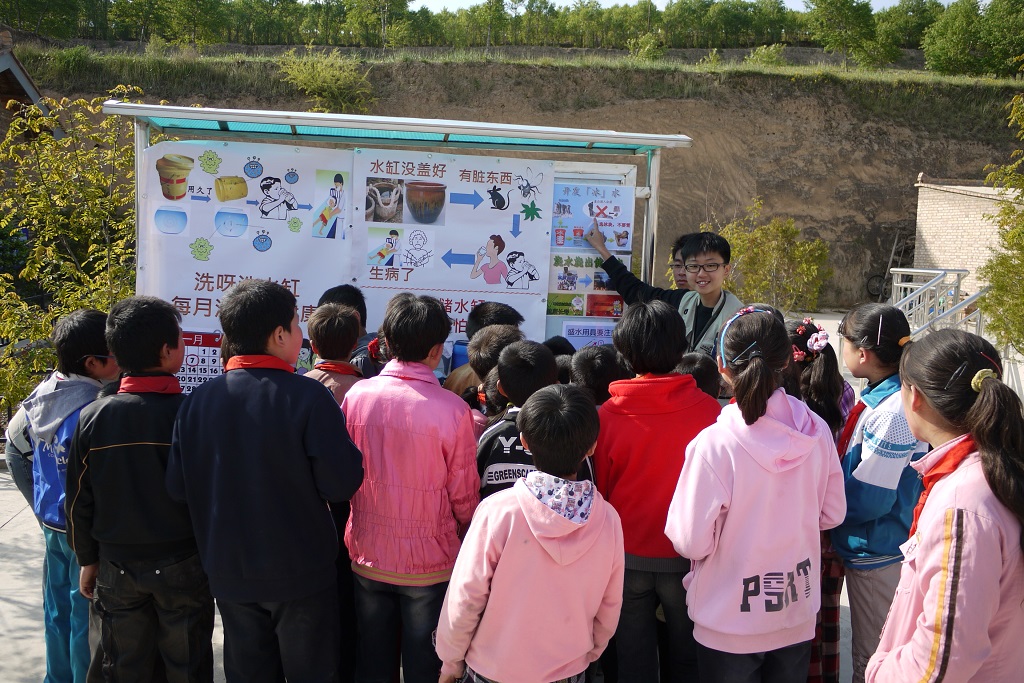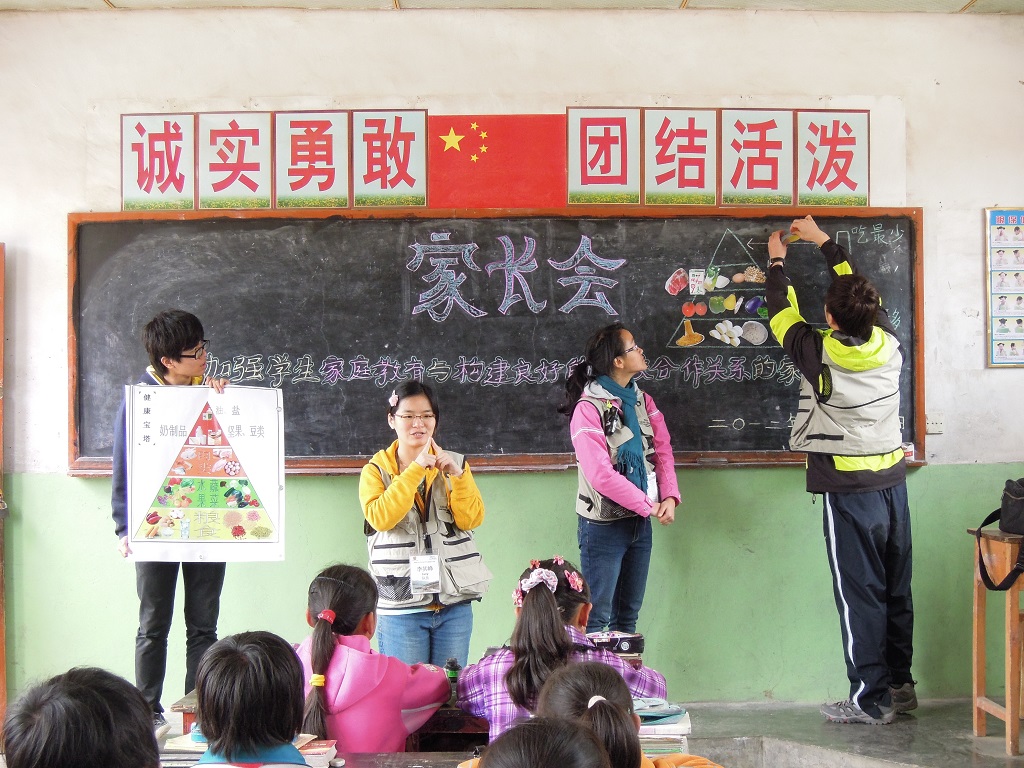Completed Site - Macha Village
|
Profile |
Details |
|
Geographic location |
Macha Village, Huining County, Baiyin City, Gansu Province |
|
Ethnic group / Proportion of a specific ethnic group among the local population |
Han / 100% |
|
[Poverty] - Percentage of household under “poverty line” (Below RMB2,300 per person per year) |
88.6% |
|
Common natural disaster |
Drought |
|
Number of subgroups in village |
9 |
|
Number of households in village |
489 |
|
Total population in village |
880 |
Specific Public Health Issues:
Weather Abnormality:
Almost 90 percent (88.6%) of the villagers felt that the weather in these few years was abnormal. Of these villagers, more than 95 percent (97.2%) thought that the precipitation was less than normal and that the temperature was hotter than normal in summer. About 45 percent of them (43.7%) deemed it colder than normal in winter. More than 90% of them (90.3%) agreed that there were more droughts than before.
Indoor Air Pollution:
As many villagers tended to smoke inside their house and most of their cooking was done indoors, there might arise the problem of indoor air pollution. On the one hand, smokers, as well as school-aged children, should be educated about the harms of smoking and the substantial negative health impact of indoor smoking. On the other hand, women should be accustomed to cooking in the open area instead of cooking in their bedrooms or living rooms for the sake of inhaling less cooking fume, which could be harmful to their respiratory tract and physical health.
Disaster Profile - Drought
Macha village is remote and needs public health practitioners to help mitigate the adverse effects on health caused by persistent drought. Since water scarcity is increasingly alarming, the public health burden cannot be underestimated and thus preventive measures or education should be conducted to build the community's capacity to tackle the various issues related to villagers' health.
Village Stories from Team Volunteers
|
Macha village is located in a region where water is very scarce. Hence, water is only used for its most vital purposes – cooking, drinking and watering of crops. Knowing that villagers in Macha village rarely bath or wash their hands, we were surprised to see the village head’s grandson brush his teeth as much as 3-4 times a day when we were there. We asked the village head why the 3-year-old kid would suddenly brush his teeth in the middle of the day. He replied: “Kids eat snacks all the time, hence we make him brush his teeth to prevent cavities.” We often underestimate health literacy of villagers, and impose our perceived needs at the expense of the villagers’ own perceived needs. This example is one amongst many that reminds us the importance of getting the villagers involved when trying to improve their health. After a health education session on the appropriate management of clean water, we gave away a scoop as a souvenir to the villagers to remind them that a clean scoop must be used at all times to ensure water cleanliness in water reserve. Upon household visits a few days later, we were glad to find a high number of households using our scoops. The villagers recalled accurately that the scoops should only be used for clean water, and only the top layer of water should be used to avoid the sediments. However, we observed that they used the same scoop for both themselves and for their livestock. This example demonstrates that there is a gap between knowledge and behavior and more works are needed to translate health messages into practices. One of our translators was a very cheerful and bright middle-school girl. She kept telling us how grateful her village was for our visits to them. A: We are really happy that you guys come to visit us from such a far-away place. We may not be able to significantly improve the health of the villagers after a single visit, yet we should not forget the mark we can leave on the villagers’ lives. These villagers live secluded lives away from the urban contemporary world. We bring them not only hope for improvement in life, but the comfort in knowing that they are not alone in the world. With our experience in health education, we learn that it is important to teach the young before their habits and beliefs are shaped. A school setting is often one of our favourite venues for health education sessions. Children are like a blank piece of paper. They more readily absorb information and knowledge you pass them. Once we approach the younger generation, there is a higher possibility that their perception in a lot of health habits would change. They, in turn, can educate their families when they go back, and pass on the educational messages to their future generations. ----Tiffany |
Photo Gallery
In the Field
Health Needs Assessment
The health needs assessment team comprised eight public health professionals, including medical professors, researchers, a nurse, a clinical psychologist and a team photographer. Household surveys, in-depth interviews, focus groups and environmental observation were conducted. A total of 79 households were visited, a 16.2% coverage of all households.
Health Intervention
In total, 21 staff members and students from CUHK joined the trip. There were four health education sessions for children, women, the elderly and all.
Health intervention topics:
Disaster preparedness (drought)
Environmental health
Non-communicable diseases (NCDs)
Health Evaluation
In total, 12 staff members and students from CUHK and Harvard University joined the trip. During this trip, 57 household surveys were conducted. The health interventions focused on disaster risk perception, preparedness, water scarcity issues and general waste management. A mental health needs assessment employing the tool SRQ20 was also included at the end of the questionnaire, which is a protocol endorsed by the WHO and had previously been validated for use in China.
Health intervention topics:
Waste management
Indoor air pollution





